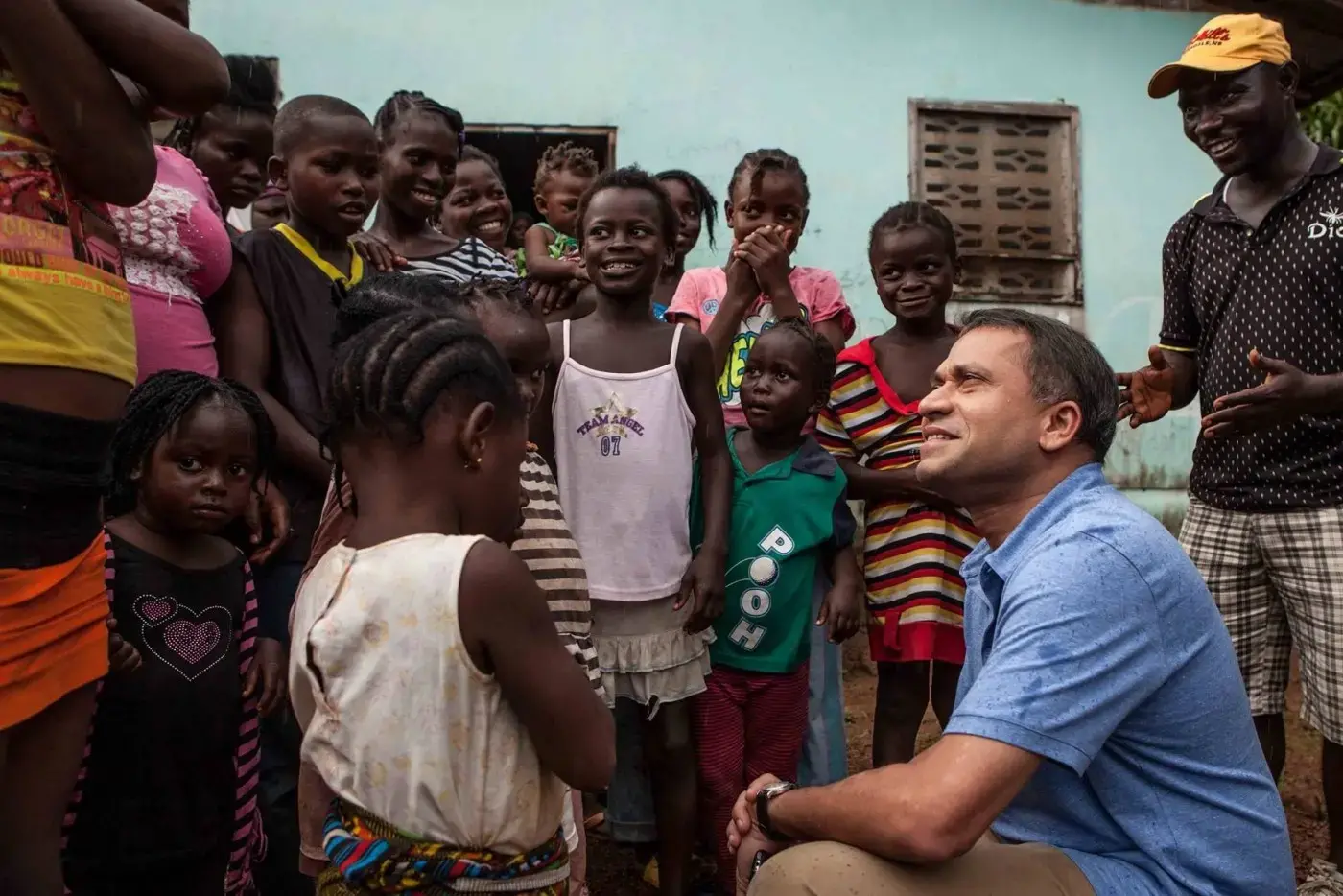The largest in history generation of adolescents (1.2 billion people) is entering adult life in a rapidly changing world. The challenges they are facing today are discussed in the 2003 World Population Report drafted by UNFPA (United Nations Population Fund).
At present nearly half of the world’s population are young people below 25 years of age. About 20% of them are adolescents aged 10 – 19 years; 87% live in developing countries. Our future will largely depend on the level of their education, health status and preparedness to assume adult responsibilities as well as on the degree of support provided to them by the family, society and government.
About 238 million young people are falling into deeply entrenched poverty. Many of them undergo hardships because of the loss of parents and other reasons such as disasters, migration, disability, family disintegration... More than 13 million of children below 15 years of age have lost one or both parents because of AIDS. Many of them have to take care of their younger brothers and sisters, they often become homeless. The estimated global number of street children ranges from 100 million (half of them live in the Latin America) to 250 million and tends to grow. In developing countries 57 million of boys and 96 million of girls aged 15 - 24 years cannot read and write.
Every 14 seconds a young person becomes infected with HIV (the share of young women continues to grow). Around the world, half of those newly infected with HIV are young people. In Belarus 74,5% of HIV infections are registered in the age group between 15 and 29 years. However, many young people are unable to protect themselves from HIV. In many countries discussion of sexual behavior is a forbidden subject and, consequently, many young people lack the relevant information or skills. Despite the fact that many countries have raised marriage age, in developing countries 82 million girls between 10 and 17 years of age are married by the time they are 18. Early marriage can weaken the health of women and their children and, as a rule, prevents young girls from getting education and often results in violation of their rights.
To downgrade adolescent pregnancy and to halt the spread of HIV/AIDS, young people should be reached with age-tailored information about sexuality and messages advocating for responsible and safe behavior. Many parents, however, do not know how to provide their children with the relevant knowledge. Young people get information about reproductive health from inappropriate sources and, as a result, misconceptions are widespread among the majority of them. The best way of increasing young people’s knowledge is education through various institutions including families, schools, secular and religious youth associations. Studies have indicated that appropriate and timely information can help in encouraging young people to postpone sexual activity and can contribute to adoption of responsible behavior.
Delays with providing proper support to young people by parents, society and government will entail serious consequences in future both at the individual and society levels such as earlier death, higher rates of the spread of sexually transmitted infections, growing number of unwanted pregnancies, slowdown of economic growth, heavier gender inequality... It is stressed in the UNFPA 2003 World Population Report that investing in health and education of young people is a sound economic investment with high rates of return. Success and happiness of more than 1,2 billion adolescents entering maturity age depend on opportunities and resources which are already available for them. They should be provided with tools for making responsible and healthy choices as well as with access to information and services. Future generations will definitely benefit from investments in well-being of the largest generation of young people.




